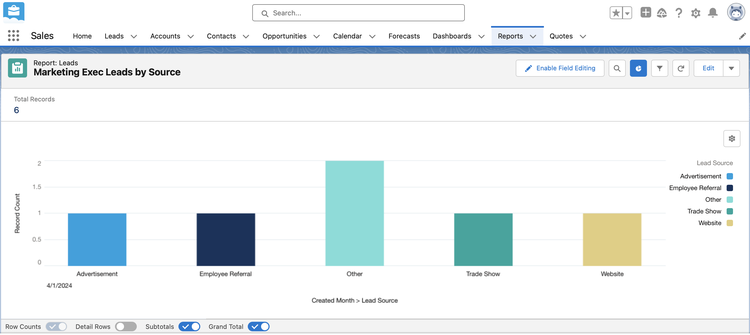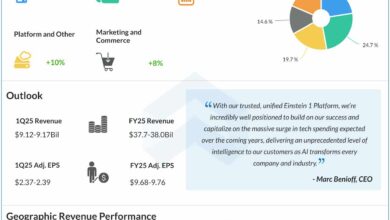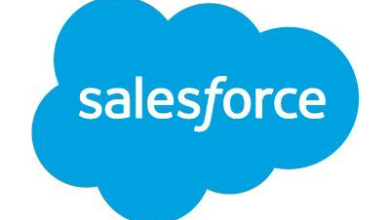Salesforce CRM Review 2024: Features, Pricing & More
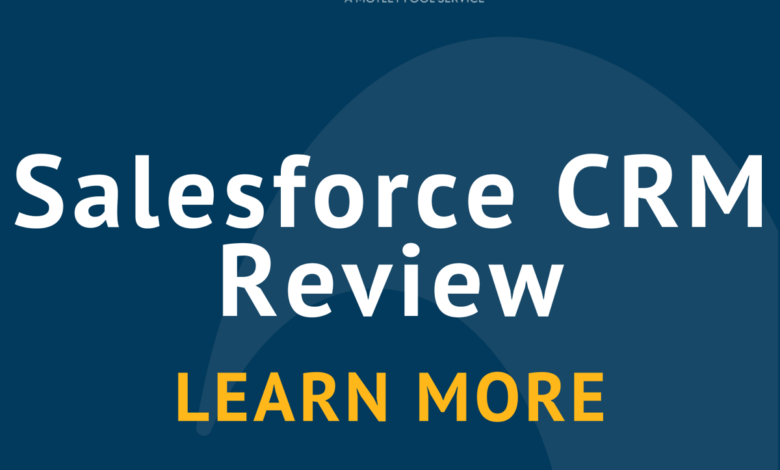
Salesforce has far too many features to evaluate in just one review, but some stand-out ones are worth taking a closer look at. Here are seven that your business may benefit from across the software’s three main focus areas: Sales, marketing, and customer service.
Lead management
Businesses can easily keep track of their sales leads and statuses with Salesforce. For example, you can designate in Salesforce’s “leads” section whether a contact is new, in the “nurturing” stage, or has been converted into a customer.
Additionally, sales teams can track call logs with prospects, view marketing campaigns sent to the contact, and schedule upcoming tasks with reminders to follow up with clients.
Task management
Having many customers is great, but keeping track of which people in your company have connected to them can be difficult. Thankfully, Salesforce’s task management system lets you do it all in one place.
Salesforce’s task tool lets you keep track of upcoming and overdue tasks, see who the task is assigned to, set its priority status, and add specific notes. With this task management tool, all your employees can see actionable steps that need to be taken with each customer.
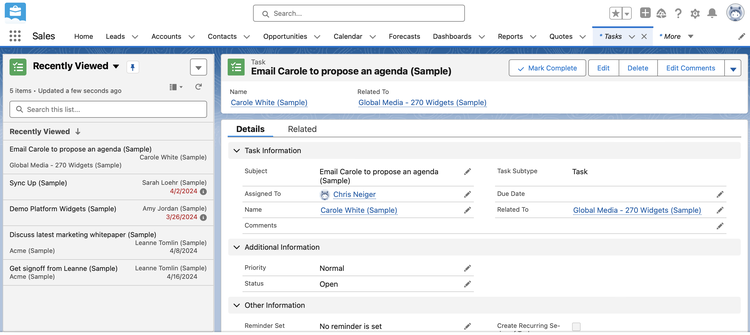
Account management
This is where all of the primary information about current customers is stored, and it gives users an overview of your company’s accounts while also allowing you to dive into the details.
For example, the account management tool can show you which marketing campaigns have been targeted to that account, how many potential opportunities are in the works, how many contracts they currently have, and so on.
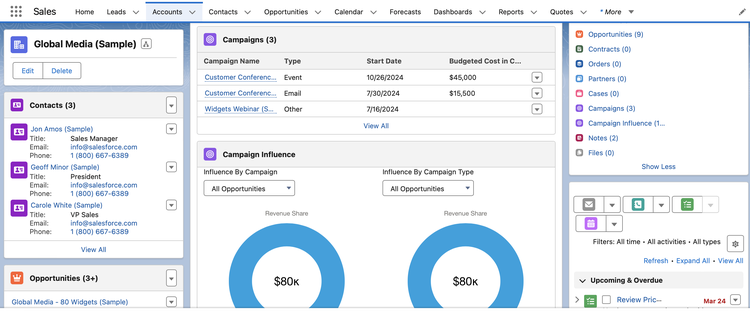
Campaign management
You’ll love Salesforce’s campaign management tool if you have events or large marketing campaigns to attract new customers. You can keep track of the events where your company talked to potential customers, add notes about the campaign, and find out if a customer responded to an emailed event invitation.
By keeping track of specific campaigns, like a conference, webinar, or email invite, your company can see which accounts are actively engaged with your marketing campaigns.
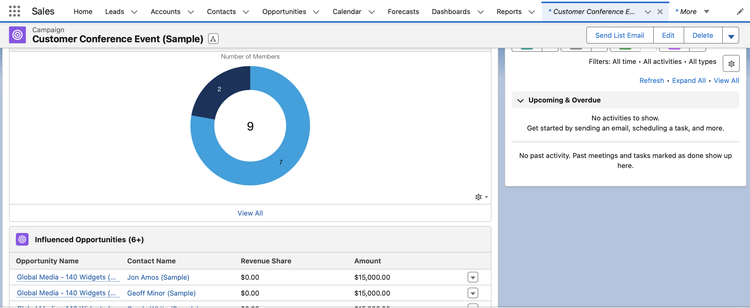
Forecast management
This can be a powerful tool for sales representatives to predict and track potential revenue. You can add potential revenue from accounts, their stage of the sales cycle, and even the probability that the deal will close.
For example, your sales team could enter an account that’s worth an estimated $20,000, designate if the contract is currently under negotiation, and note that there’s a 90% probability your company will close the deal. This can help everyone on your team see what’s currently in the sales pipeline and what areas need extra attention.
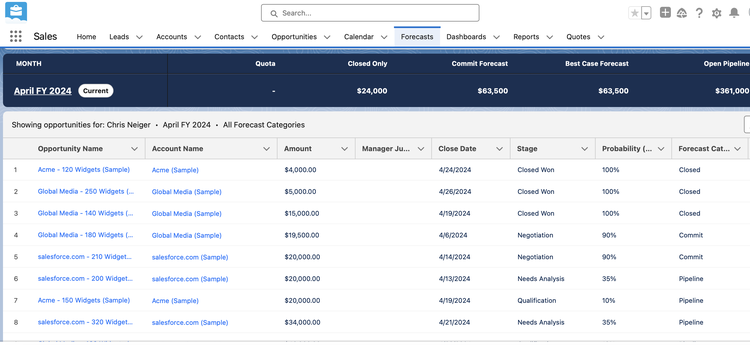
Customizable dashboards
When you’re integrating sales, marketing, and customer relationship management all into one program, it creates lots of information to sift through. This is where Salesforce’s customizable dashboards come in handy.
You can view dashboards for everything from marketing to sales, to key performance indicators and services. For example, you can view your company’s average deal opportunity size or how many opportunities are in the pipeline. The sales dashboard provides you with all this information in easy-to-understand graphs and charts.

Customizable Reports
Every business can benefit from a detailed view of its sales, marketing, and services teams’ performance. Salesforce’s customizable reports allow companies to create reports in just seconds.
For example, let’s say you’re interested in where your marketing leads came from in the latest quarter, because you’re putting together a new marketing campaign. You can use Salesforce’s reporting tool to create a bar chart of the newest marketing leads, showing which ones came from advertising, your company website, a referral program, or a specific event.
